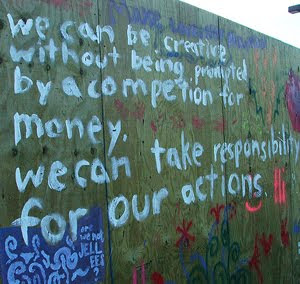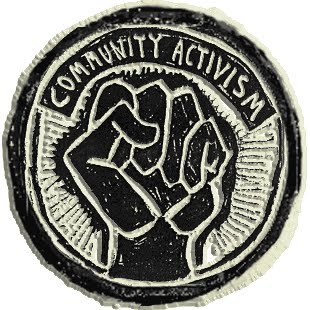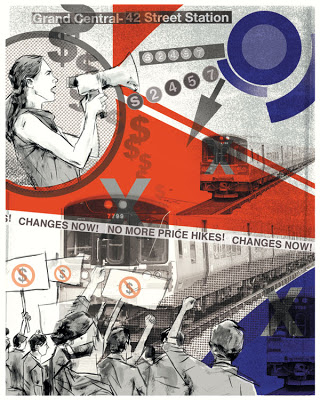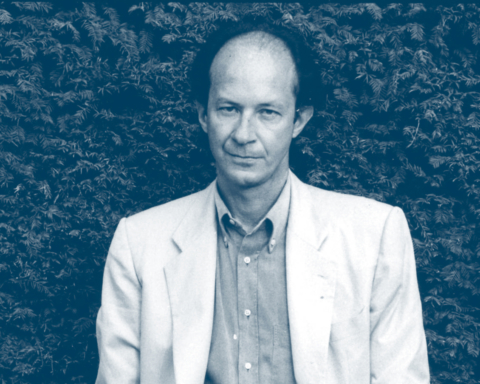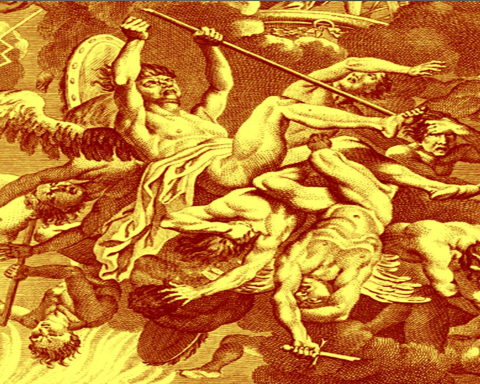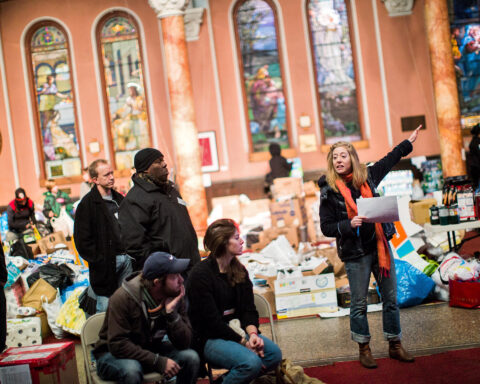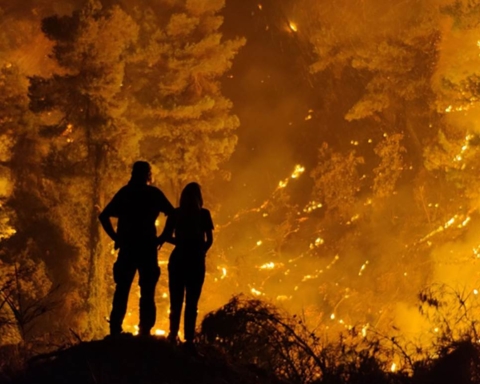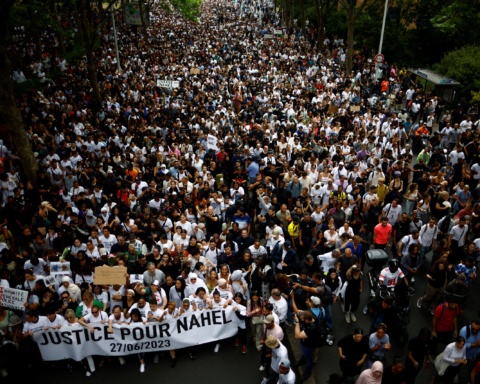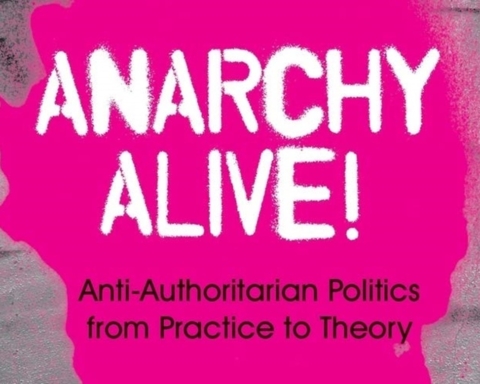The Coming Community / Giorgio Agamben(1993)
book review: http://en.wikipedia.org/wiki/Giorgio_Agamben
In The Coming Community, published in Italian in 1990 and English translation by Michael Hardt in 1993, Agamben describes the social and political manifestation of his philosophical thought. The beauty and brevity of the text is augmented by the book layout, filled with design, white space and random dots. Employing diverse short essays he describes the nature of “whatever singularity” as that which has an “inessential commonality, a solidarity that in no way concerns an essence”. It is important to note his understanding of “whatever” not as being indifference but based on the Latin translation of “being such that it always matters”
He starts off by describing “The Lovable”
“Love is never directed toward this or that property of the loved one (being blond, being small, being tender, being lame), but neither does it neglect the properties in favor of an insipid generality (universal love): The lover wants the loved one with all of its predicates, its being such as it is. “
Following the same trend, Agamben employs, amongst others, the following to describe the “watershed of whatever”:
§ Example – Particular and Universal
§ Limbo – Blessed and Damned
§ Homonym – concept and idea
§ Halo – Potentiality and Actuality
§ Face – common and proper, genus and individual
§ Threshold – inside and outside
§ Coming Community – State & Non-state (humanity)
Other themes addressed in The Coming Community include the commodification of the body, evil, and the messianic.
Unlike other continental philosophers he does not reject the age-old dichotomies of subject – object, potentiality – actuality etc outright, but rather turns them inside-out, pointing out the zone where they become indistinguishable.
“Matter that does not remain beneeth form, but surrounds it with a halo”
The political task of humanity, he argues, is to expose the innate potential in this zone of indistinguishability. And although criticised as dreaming the impossible by certain authors, he nonetheless shows a concrete example of whatever singularity acting politically:
“Whatever singularity, which want to appropriate belonging itself, its own being-in-language, and thus rejects all identity and every condition of belonging, is the principle enemy of the State. Wherever these singularities peacefull domonstrate their being in common there will be Tiananmenn, and sooner or later, the tanks will appear.”
we publish here also a further Introduction in the ideas of Agamben publishing the well written introduction of the Volume 6 / Issue 1, 2007 issue of the e-journal Borderlands
http://www.borderlands.net.au/vol6no1_2007/devadasmummery_intro.htm
Community Without Community
by Vijay Devadas & Jane Mummery
University of Otago & University of Ballarat
Nothing is more instructive … than the way Spinoza conceives
of the common. All bodies, he says, have it in common to expr-
ess the divine attributes of extension … And yet what is common
cannot in any case constitute the essence of the single case.
Decisive here is the idea of an inessential commonality, a solidar-
ity that in no way concerns an essence. Taking-place, the comm-
unication of singularities in the attribute of extension, does not unite
them in essence, but scatters them in existence.
—Giorgio Agamben, 1993: 18-19.
1. The idea of community and identity formation has had a vexed history within critical theory. It has come under critique from various fronts: traditional Marxists are critical of its focus on culture not economics; postcolonial studies is critical of its appeal to a romanticized view of community; and it has been criticized, specifically by the poststructuralists, because of the essentialism and politics of othering that takes place in the affirmation of community and identity. These criticisms or interventions are highly instructive as they call on us to rethink the terms of community by asking for a re-consideration of the ways in which notion of community is conceived, how it is constituted, and what are the implications of constituting the discourse of community in specific ways? What does it mean to say, as Agamben (1993: 1) puts it, “to a concept, for example: being red, being French, being Muslim”? What does it mean to say to a concept like community?
2. To articulate such an idea, in terms of the various interventions, begins by first rejecting or challenging conceptions of community that reproduce a collectivity that is built upon, engenders and fosters a sense of closure, continuity, unity and universalism. In other words, we must reject the kinds of assumptions that prevail in the work of Benedict Anderson’s (1983) Imagined Communities (as well as those that unproblematically draw upon Anderson’s conception of community) precisely because this contribution is premised upon the notion of community as collectivity that is unified, continuous and enclosed. As Anderson says clearly, the community that he imagines, within the auspices of the idea of nation, “regardless of the actual inequalities and exploitation that may prevail … is always conceived as a deep, horizontal comradeship” (1983: 16). In other words, the idea of community that is manifested here not only enacts a closure of potential and possible forms of collectivization, but more crucially proposes that such an idea of community breaks down the complex relations and networks of power that constitute the notion of community. In a certain sense, one could perhaps argue that Anderson’s idea of community is highly egalitarian, especially if we take this up through the Subaltern Studies route and its commitment to producing a politics of “horizontal affiliations” (Chakrabarty, 2000: 16). But such an attempt to rescue Anderson cannot be sustained. For Subaltern Studies, the reorganization of community through horizontal affiliations opens up an alternative form of affiliation that disrupts established and nationally sanctioned means of conceiving community. In short, the idea of horizontal affiliation as a means of community formation opens up other potential and possible forms of association: this is an opening up of the idea of community. For Anderson however, it is not the same thing because he sees horizontal affiliation as a way of producing a community whose fraternity is premised upon a shared and undifferentiated sense of belonging to the nation: this is a closing down operation that seeks to silence differences, inconsistencies and contradictions within the idea of community. Anderson is not alone in this: Charles Taylor and Michael Walzer for instance in Sources of the Selfand Interpretation and Social Criticism respectively, in seeking to appeal to shared understanding as the foundation for values idealise modern society as a harmonious, non-conflictual community.
3. The idea of community that Anderson (and Taylor and Walzer) conceptualise is built on closure or closing down multiple forms of affiliations. In other words, it is premised upon a foundational violence (Derrida, 1992). And here the foundational violence of the collective, unified community erases differences, contradictions, and forms of being and belonging that do not necessarily align with the constitution of the idea of community. Against this idea of community, we wish to recuperate the potential of community informed by the poststructuralist tradition. While there are various scholars in this tradition who have intervened in the notion of community (Derrida, Foucault, Lyotard, and so on) we will keep to two – Jean-Luc Nancy and Giorgio Agamben – to reclaim the idea of community in these terms: as “community without unity” (Nancy, 1991), a “coming community” (Agamben, 1993). This rethinking of community not only marks a turn in the way we might conceive of the constitution of the idea of community, but also a shift in the way in which we might mobilise community as a means of rethinking the terms of solidarity.
4. What Nancy and Agamben offer in The Inoperative Community (1991) and The Coming Community (1993) respectively is a conception of community that is marked by a shift in thinking of the idea of community as a concept that we always already occupy, of being in (hence one is red, French or Muslim, or an activist), to one that sees it as a concept that does not have a guarantee of meaning, identity, belonging; a concept that does not have an essence – that of a unified collectivity. This is Nancy’s idea of “community without community” (1991: 71). Agamben shares a similar critical trajectory in his designation of the coming community – a community “without destiny and without essence, the community that returns is never present in the first place” (Wall, 1999: 156). What Nancy does here is shift the question of, or on, community away from one invested in the notion of identity and belonging (being-in) to an idea of the community that ceaselessly works to produce more democratic, open and fluid relationships with others to foster a sense of “being with.” (Nancy, 1991: 33). Like Nancy, Agamben also proposes the idea of community that is based on the notion of belonging without identity. This is a community of singularities, fragments: it is “of a being whose community is mediated not by any condition of belonging … nor by the simple absence of conditions … but by belonging itself” (Agamben, 1993: 85).
5. Opening up the idea of community in these terms breaks the umbilical cord that has tied the discourse of community and identity to essence: more specifically, it ruptures the foundational violence upon which Anderson, Taylor and Walzer’s notion of community is built upon by untying community from its unproblematic link to a unified and universal identity. What is going on here is a refusal to mortage community to identity and to the foundational violence upon which it is built by proposing an alternative conception of community that produces new constitutions and networks of relationships that are not hinged upon predisposed notions of community and identity. What is produced in such a reconstitution, in the constitution of a “community without community” (Nancy, 1991: 71) is a network of relations, a multitude (to use Hardt and Negri’s term in Empire) which is concerned not with what race, class, gender, sexuality, and/or culture community is premised upon. Rather it is a community which is concerned with the relations that are formed across these categories (being with) and which at the same time recognizes that this community-without-identity is also “without either representation or possible description”; it is “an absolutely unrepresentable community” (Agamben, 1993: 24-25).
6. The idea of community that we see in Nancy and Agamben remains absolutely unrepresentable because there are no terms, concepts, or representational axioms that could claim to represent this idea of community. It remains absolutely unrepresentable because such an idea of community works against the very idea of community, whose very foundation is that of collectivising, of constituting a “being in” and of producing foundational modes of representing that community. Pitting Anderson (and Taylor and Walzer) against the rethinking of community and identity, and the impossibility of representing community as put forward by Agamben and Nancy interrupts normative accounts of community and at the same time calls on us to recuperate community not as a passive idea (of already being constituted) but as an active one, and as activity.
7. Community as an active idea, as an interruption, demands working from the notion of the impossibility of collectivity. This is a refusal of the fixing that takes place in the name of the collectivity of the community precisely because its foundational discourse is built upon the idea of community that “ceaselessly resists collectivity itself as much as it resists the individual” (Nancy, 1991: 71). Nancy’s invocation of a ceaseless resistance or refusal to collectivity – central to his conception of “community without community” – shatters the very foundations of conjuring community (as identity and belonging, marked by an appeal to singularizing and unifying traditions, histories and myths). After all, Nancy and Agamben’s community does not work from the premise of collectivity, and this puts into crisis the foundational logic and violence on which the idea of community is conceptualised. Community as an active idea thus calls for a refusal, an unworking of the very terms upon which this idea is constructed. Such an unworking “indicates … the interruptive dis-order inherent in order as the self-critical archive of its very possibility. This means that a community can only imagine the fictive harmony of its members with its collective representation by repressing the contingency of its own institution” (Levett, 2005: 431-2). As an active, interruptive idea, community in this sense calls for a continual unworking of totalizing and exclusionary myths of collectivity upon which community is formed. As an activity, community calls for the opening up of other possible and potential networks of relations, of living and being with others. In that sense, as activity, community can be conceived as a process, a battle or struggle to establish linkages, connections and relations even though the very impossibility of categorisation, of communities, continues to haunt the activity of community.
more info about Borderlands e-Journal:
http://www.borderlands.net.au/vol6no1_2007/devadasmummery_intro.htm

